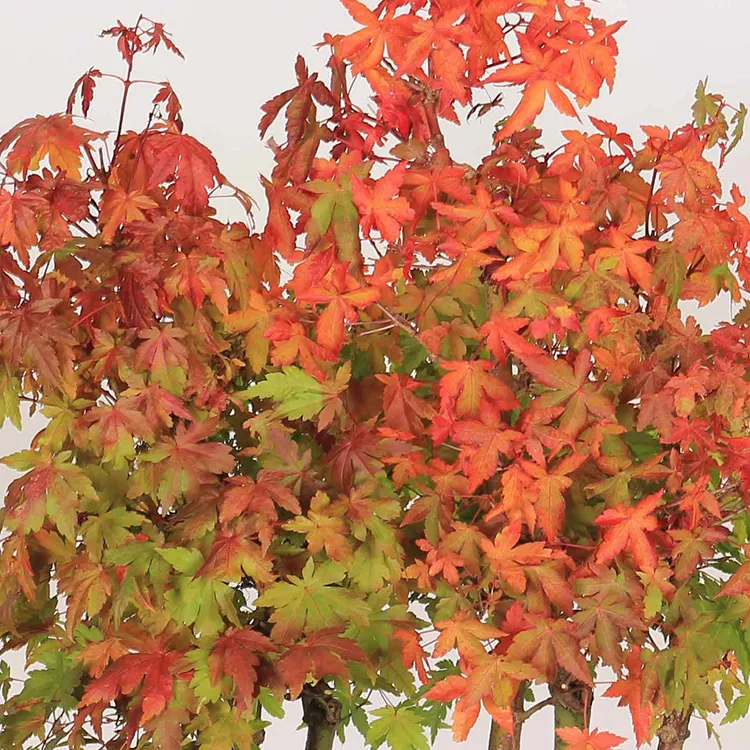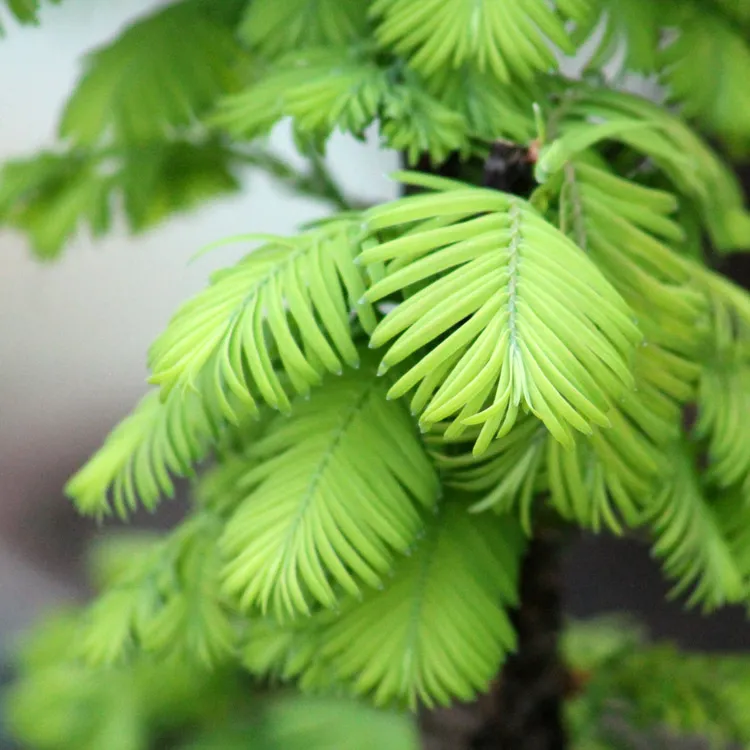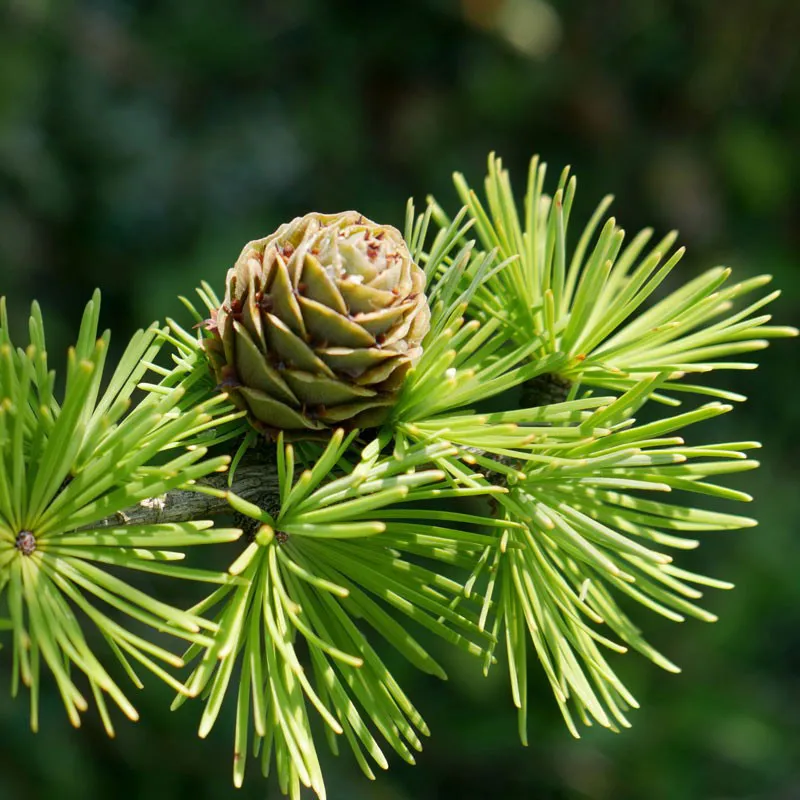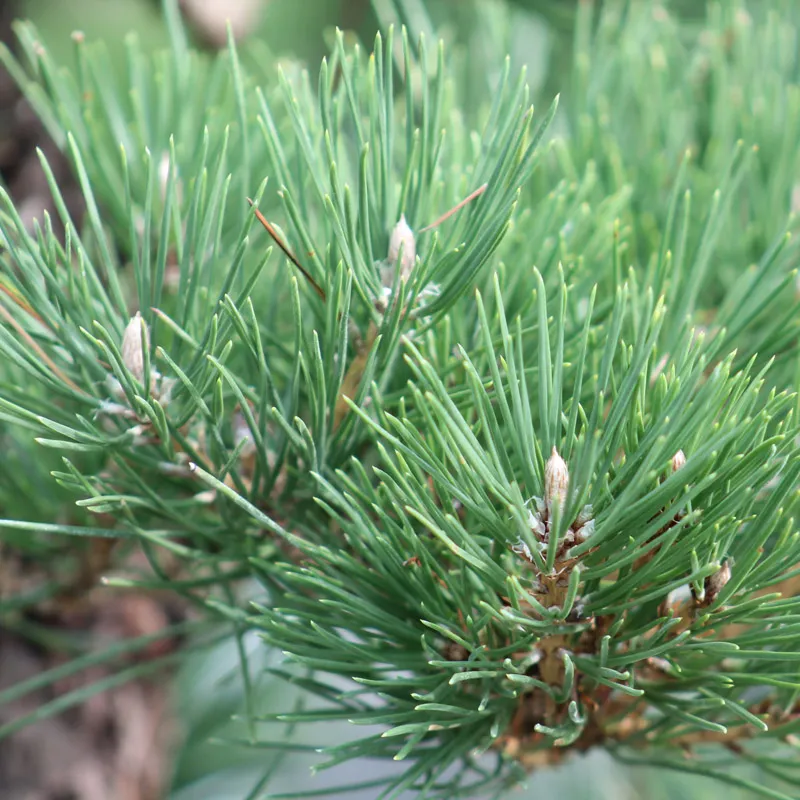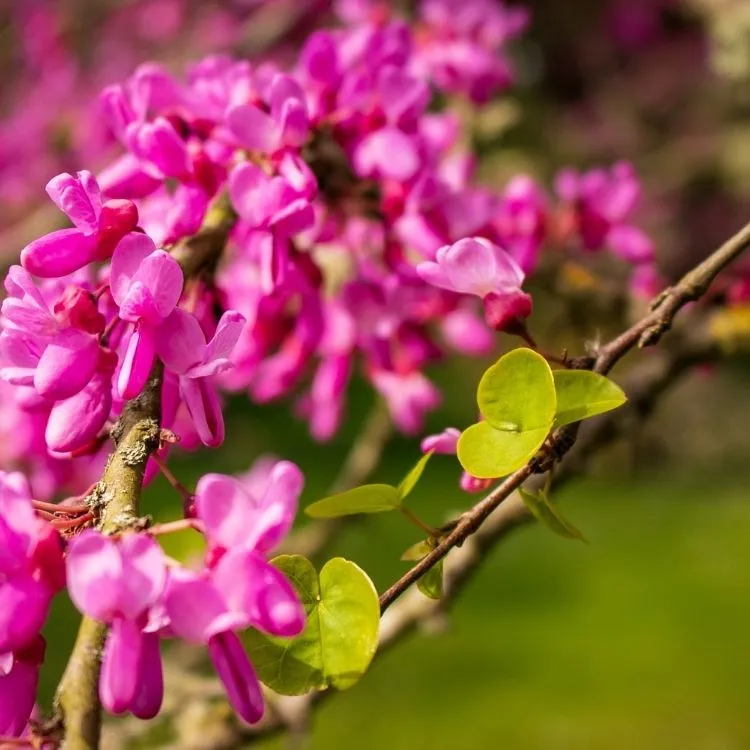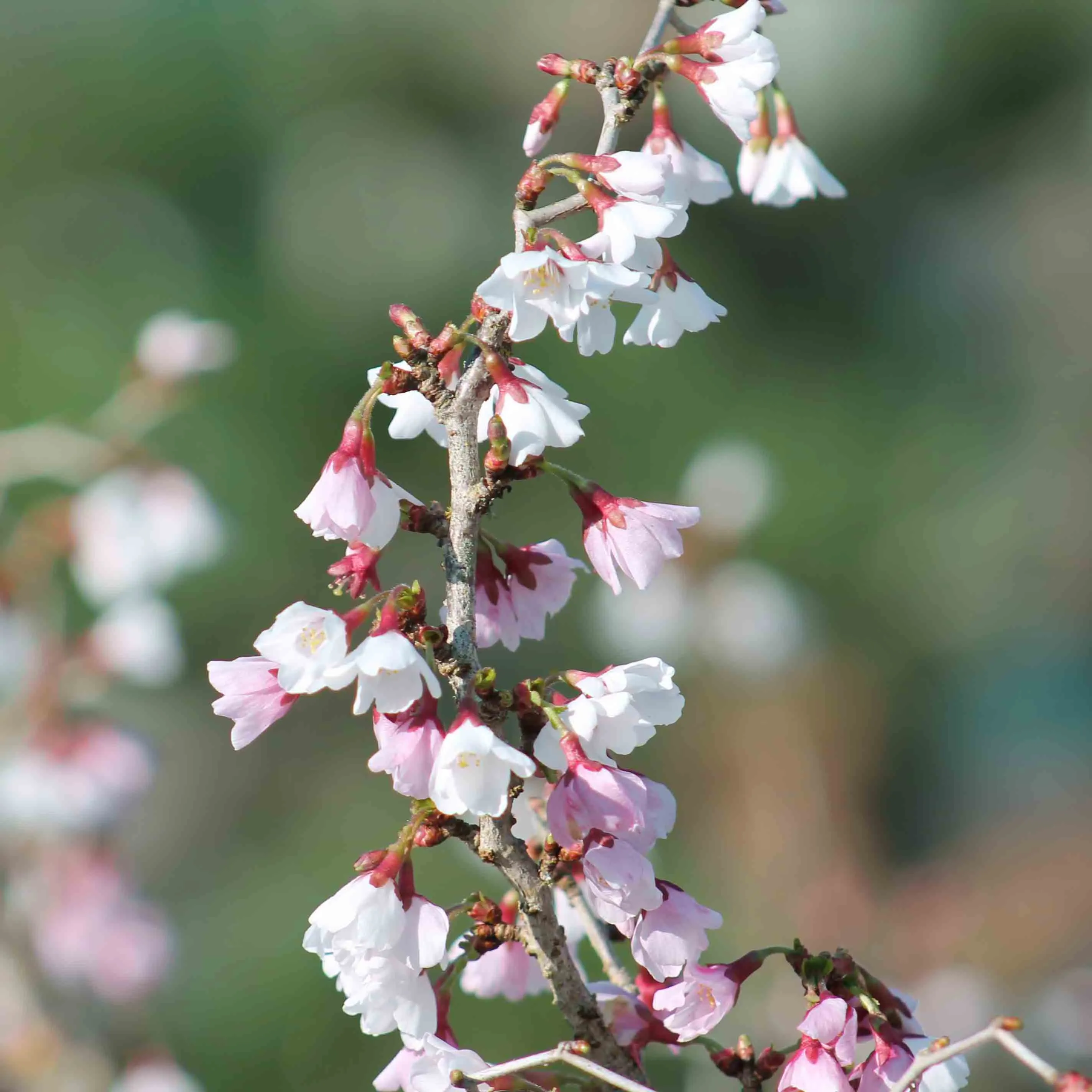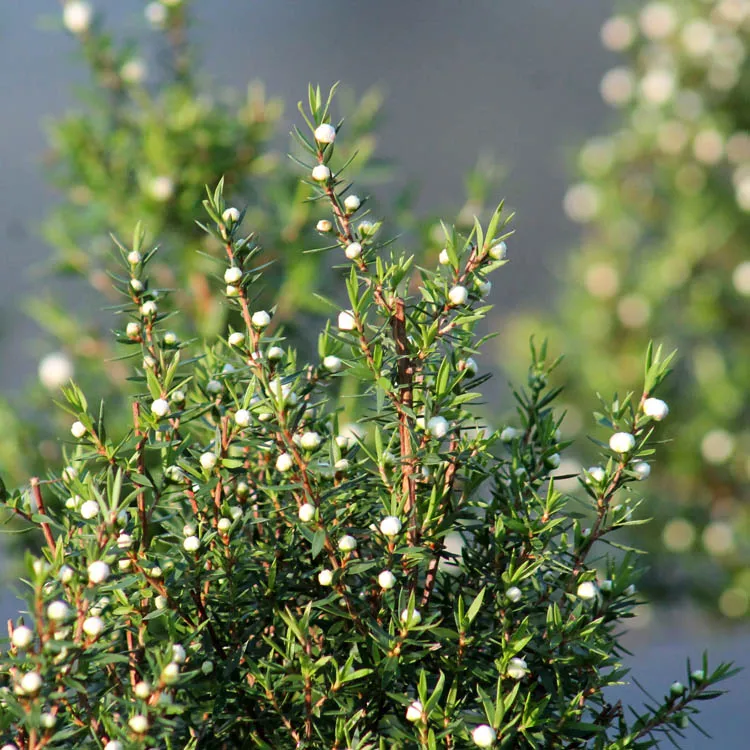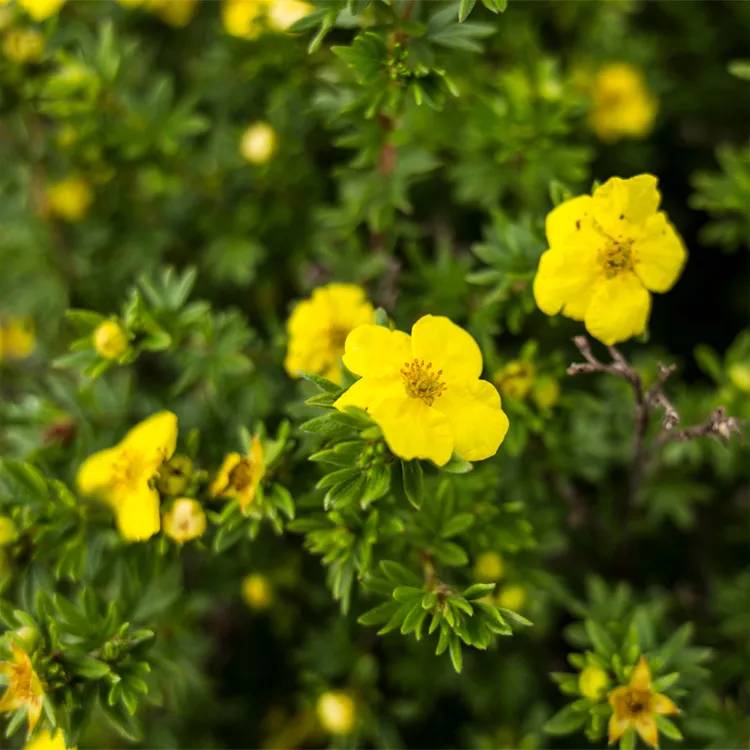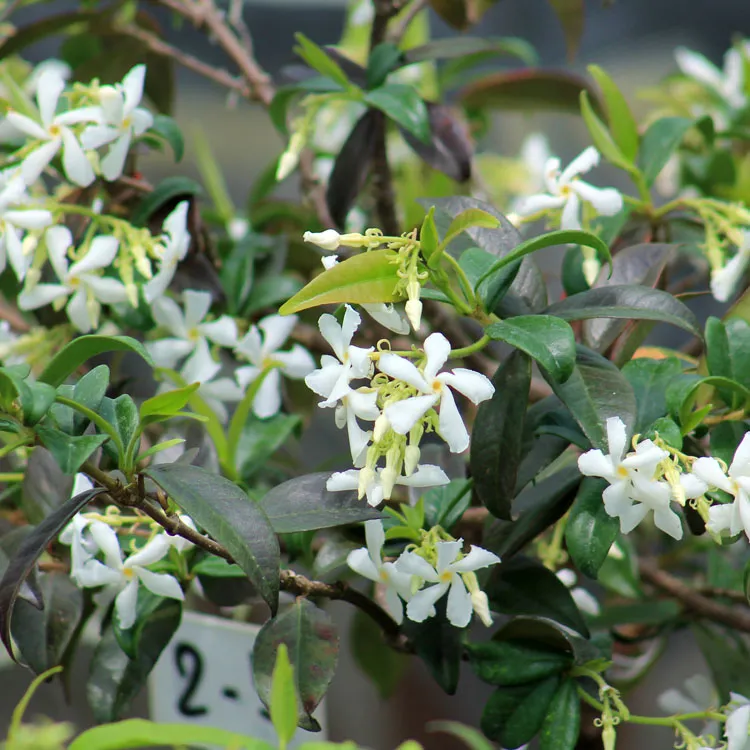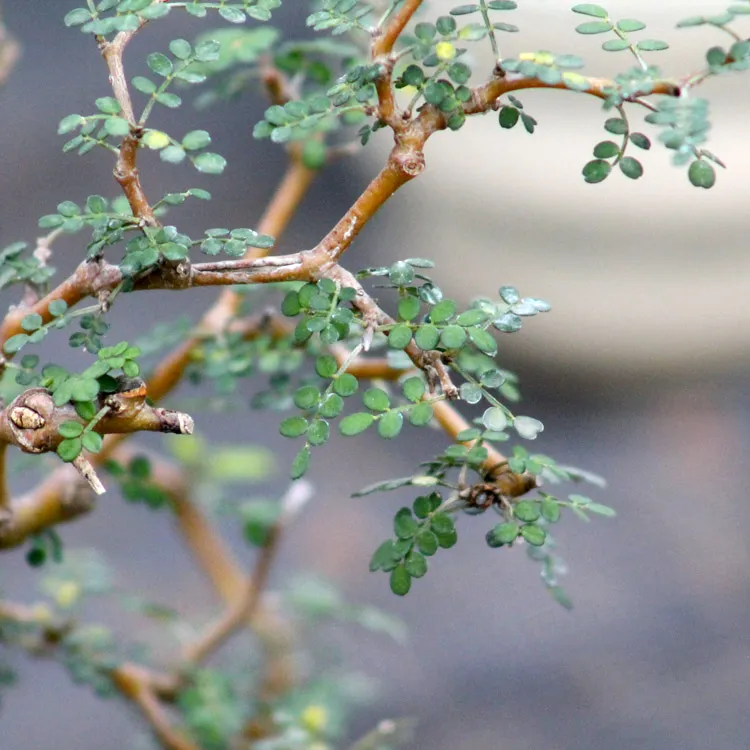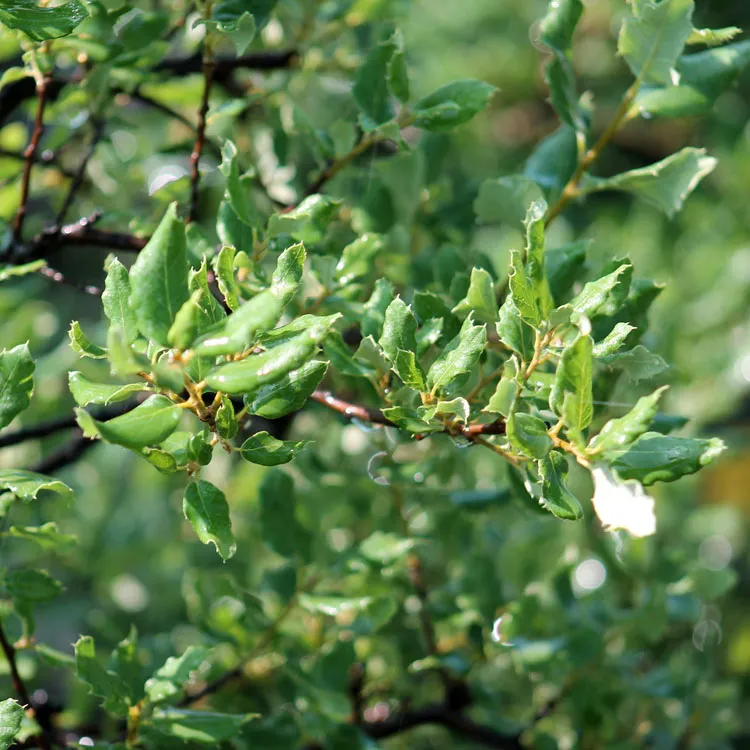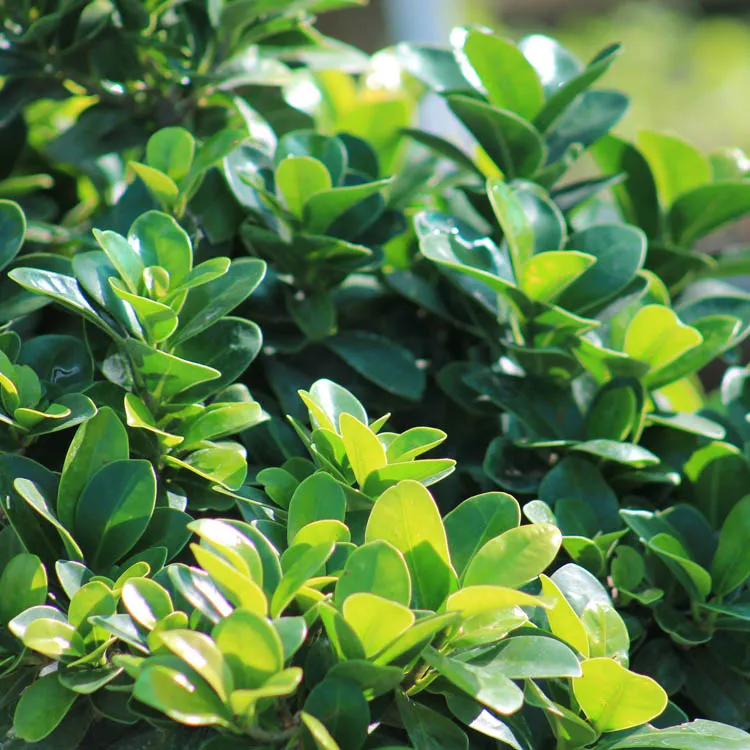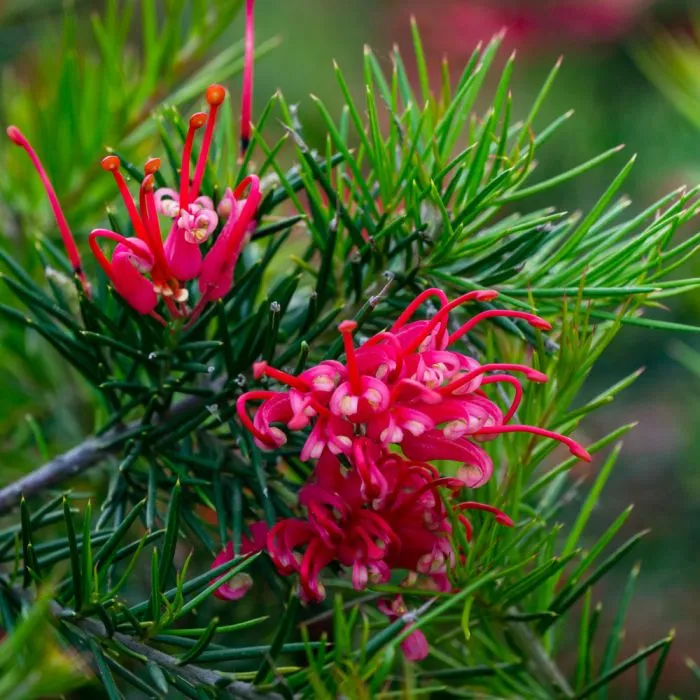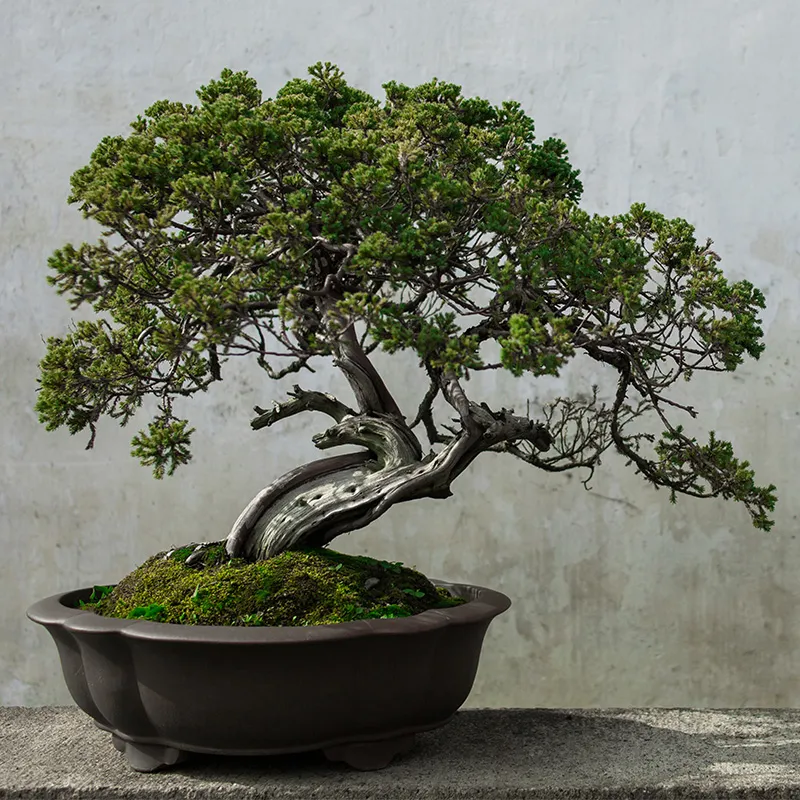You notice that for the past few days, the leaves of your bonsai have started to fall. You don't know what to do, and most importantly you don't know if it's normal or if there's cause for concern.
There is no one-size-fits-all answer to this "problem " as there are several causes that can cause some or all of the leaves to be lost.
Your bonsai loses all its leaves in autumn
If it's a deciduous bonsai , it's a completely normal phenomenon and it's the cycle of the seasons that does its work. The tree will enter a " dormant period", will need very little energy and therefore photosynthesis will stop.
The leaves will take on their fall colors, which can vary from yellow to red or brown, passing through a multitude of colors. The champions of fall colours are the Japanese maples, whose colours turn red or orange depending on the variety.
So you don't have to worry, and you'll be able to sharpen your pair of scissors. Indeed, when the tree is bare, you can better appreciate the structure of the branches and make a good pruning.
Also remember that when a bonsai tree has no more leaves, it will transpire much less, so the need for water will be more limited. You can therefore reduce the frequency of watering (but you should still water from time to time, when the surface of the substrate is dry).
Your bonsai is shedding leaves inside the canopy
The tips of the branches remain green, continue to grow, but you see leaves turning yellow and falling inside the tree. This is a phenomenon that can occur for 2 distinct reasons.
The first reason is that after spring growth, your bonsai will sprout new twigs that will elongate and produce new leaves. This is especially the case with deciduous bonsai. Depending on the species, leaf mass can increase considerably.
And this has a consequence: the new leaves will shade those inside the tree's branches. They will run out of light, photosynthesis becomes almost non-existent, and the tree decides to get rid of these leaves (or even small whole branches) which become useless.
The second reason for the yellowing of the leaves inside the tree is that the tip of the twig is more vigorous than the part that is closer to the trunk. A branch grows as it grows, and in this process the hormone auxin plays an essential role. It is there to stimulate the growth of the bud, allow it to open, lengthen, and continue the growth cycle.
To roughly simplify things, imagine that a twig can only bear a certain number of leaves. When new ones appear at the end, the older ones will fall.
The most important thing to understand is that in the art of bonsai, we are looking for a compact and branched tree. It is therefore important to keep as many branches as possible as close to the trunk as possible.
What's the solution? Use your pair of scissors to do maintenance pruning during growing season. Shorten the most vigorous twigs to give more strength to those at the back. Remove unsightly twigs (those that grow upwards, downwards) in order to bring more light inside the branches.
If you let a deciduous tree grow for a whole year without pruning it, you will lose a lot of small branches that will end up in the shade. It is therefore a work that every bonsaika must do!
You've just bought a bonsai tree and it's losing leaves
This may be due to stress due to the change of location, but you have certainly bought this bonsai from a garden centre or a supermarket. These trees were imported from Asia, transported by ship in containers and then "forced into a greenhouse " to give them a beautiful green colour.
When you place it in a "normal " environment, it is no longer on this supercharged diet with a lot of light, and will lose a few leaves.
Don't panic, leave it alone for a few days or weeks, water it normally and don't give fertilizer (generally speaking, you only fertilize a bonsai if it is healthy and growing).
You should then see new buds appear and open up to give new leaves.
To avoid this kind of problem, we cannot advise you enough to buy a bonsai from professionals in France, whose trees have been acclimatized for years. When you bring them into your collection, you won't have any unpleasant surprises.
The leaves at the end of the branch turn yellow
On a twig, the leaves closer to the trunk are green, but those at the very end turn yellow. This is usually an excess of water, which can be due to a watering problem or a problem with the substrate.
Excess water is not necessarily your fault, because after long periods of rain, root bread can become waterlogged. It is common to see the tips of the needles turn yellow at the end of winter on bonsai pines. As long as it's just the end, it's not a big deal, place your pine tree out of the rain so that the substrate drains naturally. As soon as spring starts, the new needles should be green again.
But often, the problem is much more serious. Most garden center bonsai are sold in a very clayey and compact substrate. If it is suitable for transport (because it retains moisture well), watering is more difficult to control.
If you bought this bonsai in the spring, repot in a substrate that is more draining, but still has a good amount of organic matter so as not to dry out too quickly.
Depending on the species, you can completely remove the old substrate (e.g. on Chinese elms or maples) but avoid it on pines or junipers. As a general rule, we never recommend completely removing the old substrate in the heart of the root ball. Just scrape the circumference for a few inches to clear the roots and repot.
If you bought this bonsai outside of spring, and you see that the leaves at the tips of the branches are turning yellow, start by taking it out of its pot and smell the roots. If you smell badly, the roots are rotting and the chances of survival are reduced.
Place the tree in a larger pot, trying to untangle the roots a little but without damaging them. If you see that you can't do it, that they are too mixed, plant the tree in a larger pot with a good substrate around it. Then place it in the shade, no fertilizer. Also mist often, because if the roots are damaged, the tree won't be able to draw as much water as it should. The misting and humid atmosphere helps to compensate a little.
As soon as you see signs of recovery (new buds, new leaves), place your bonsai in partial shade, avoiding full sun. Be aware that it remains weak, so don't work it this year (no pruning, no pinching, no ligature), wait until the following year until it is healthy.
Leaves dry and then fall off
The tips of the leaves appear to be burnt and curled up, and this phenomenon is common on Japanese maples when it is very hot. The water evaporates before reaching the tips of the leaves, the part that is no longer fed starts to dry out.
When the sun is burning and the wind is hot, it is important to protect your bonsai trees during the summer.
Even if a maple tree isn't going to die because its leaves have been toasted, keep in mind that it will still be weakened. If it found itself naked at the beginning of summer, it will certainly make new leaves a few weeks later.
But if the heat wave came later in the season, you will have to wait until the following spring.
Pests and diseases
Finally, leaf drop can be the result of a pest attack, especially if you notice that some leaves are being eaten, have sting marks or spots. When they are too damaged, the leaves fall off.
Don't hesitate to take a close look at your bonsai to notice unusual things (and these pests can hide under the leaves, on the trunk or in the substrate).


 Production of French Bonsai
Production of French Bonsai


